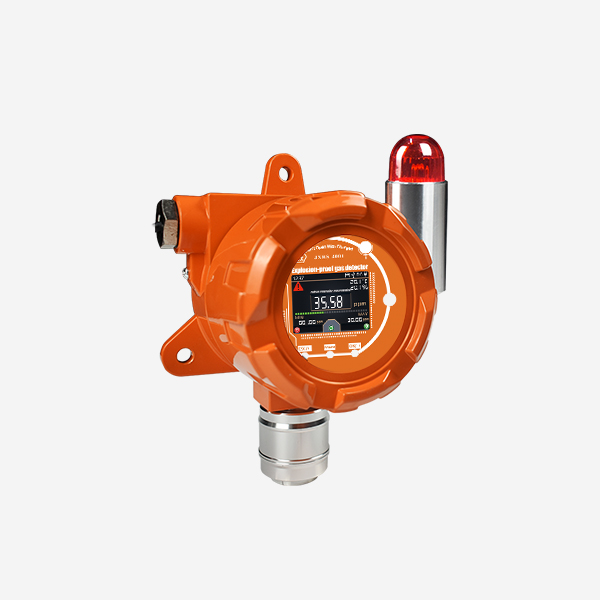Gas detection system are crucial tools used in various industries and settings to detect and alert people about the presence of hazardous gases. Gas leaks and the potential hazards they pose require vigilant monitoring and immediate response. This article explores the significance, working principle, and applications of gas detection systems in ensuring safety and protecting lives and properties.

Significance of Gas Detection Systems:
Gas detection system are essential for maintaining a safe environment and preventing accidents caused by gas leaks. Here are some key reasons why these systems hold great significance:
Life Protection:
Gas leaks present serious health risks, including asphyxiation, respiratory problems, and even death. By continuously monitoring the air for hazardous gases, gas detection systems can quickly detect leaks and trigger alarms, allowing people to evacuate and seek safety measures promptly.
Property Protection:
Many gases, such as natural gas or propane, are highly flammable or explosive. Gas detection systems provide early warning of potential leaks, enabling immediate response to prevent fires, explosions, or damage to property.
Working Principle of Gas Detection Systems:
Gas detection systems employ different sensing technologies to detect and measure the presence of specific gases. The most common sensing technologies include:

Catalytic Sensors:
Catalytic sensors use a heated catalyst to detect flammable gases. When gas molecules come into contact with the heated catalyst, they react and produce heat, resulting in a change in resistance or an increase in temperature that gets detected by the system.
Infrared Sensors:
Infrared sensors work by emitting light at specific wavelengths and then measuring the amount of light absorbed by the gas being monitored. Different gases absorb specific wavelengths of infrared light, allowing the system to determine their presence and concentration.
Applications of Gas Detection Systems:
Gas detection systems find wide applications in various industries and environments, including:
Industrial Settings:
People use gas detection systems in factories, flammable and explosive places to monitor the presence of toxic and flammable gases. Early detection helps prevent accidents, protect workers, and avoid damage to equipment.
Residential and Commercial Buildings:
Gas detection systems in homes, offices, hotels and other places to detect gas leaks such as natural gas or carbon monoxide. This ensures the safety of occupants and allows for immediate action to rectify any issues.
Mining and Underground Facilities:
Gas detection systems are vital in mining operations to monitor the levels of potentially dangerous gases, such as methane or carbon monoxide. Timely detection alerts miners, enabling them to take appropriate measures to maintain a safe working environment.
Conclusion:
Gas detection systems play a vital role in protecting lives by alerting people through active detection and early warning. These systems are essential in a variety of industries and environments. Prevent accidents and injuries caused by gas leakage. As technology continues to advance, the development of more efficient gas detection systems will further enhance safety measures. Thus, providing a safe environment for all.
